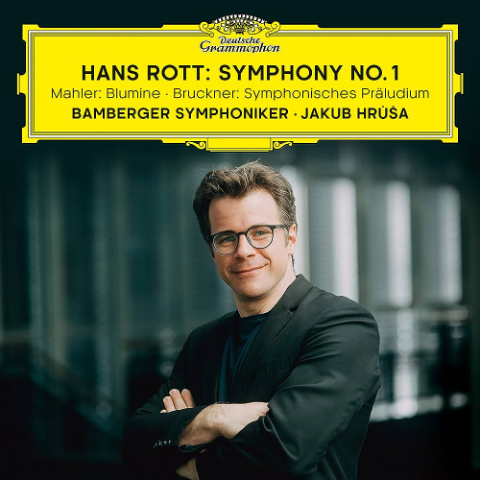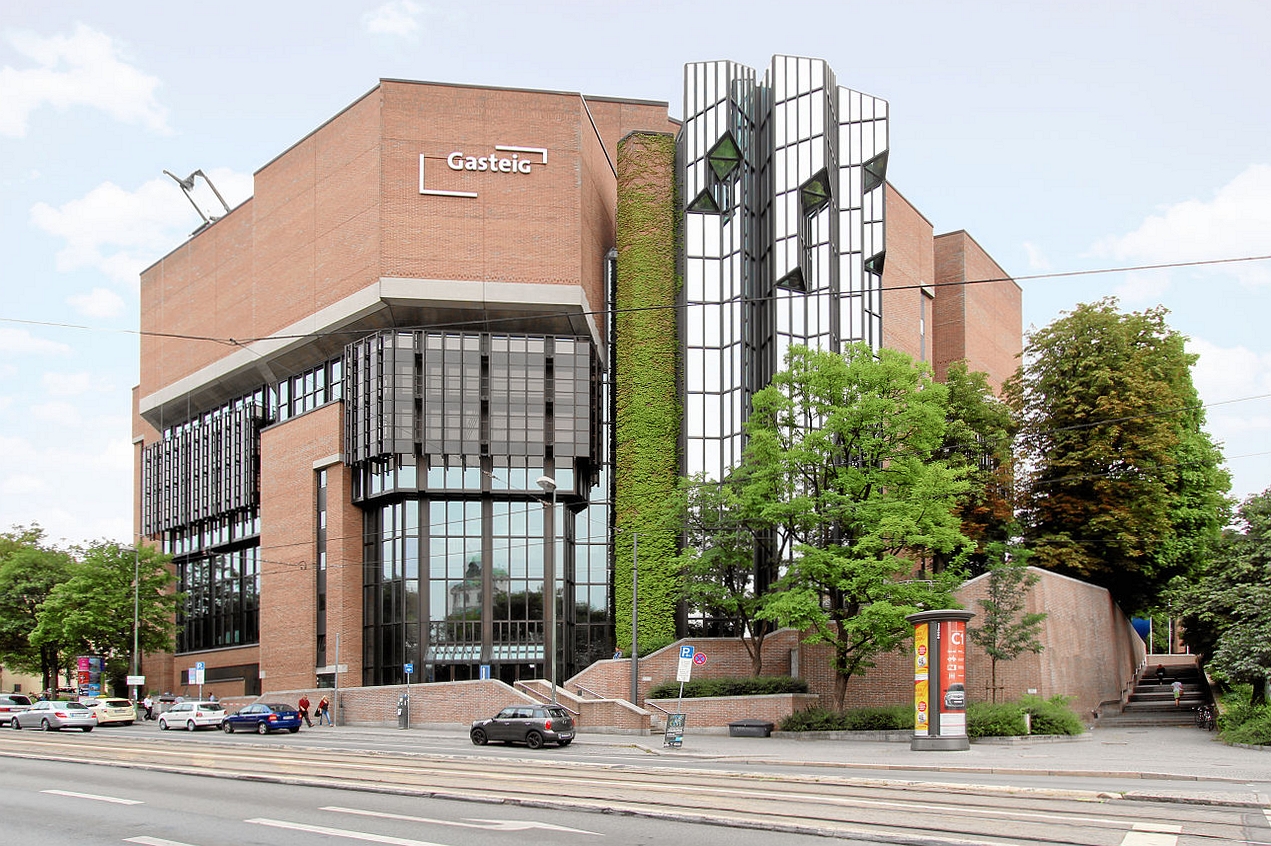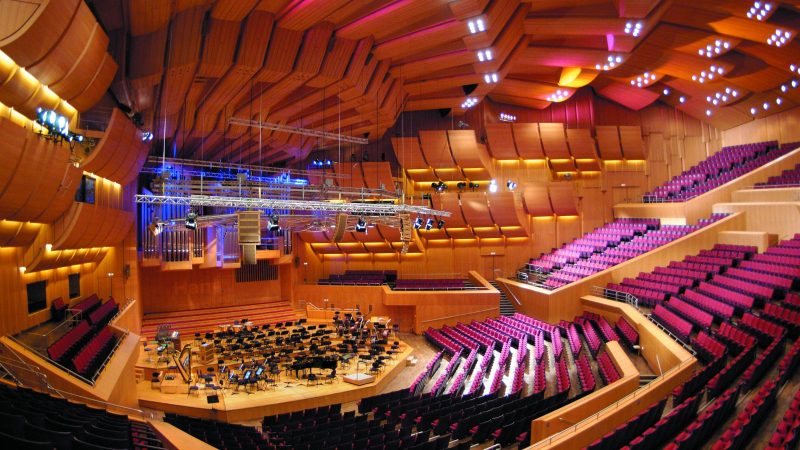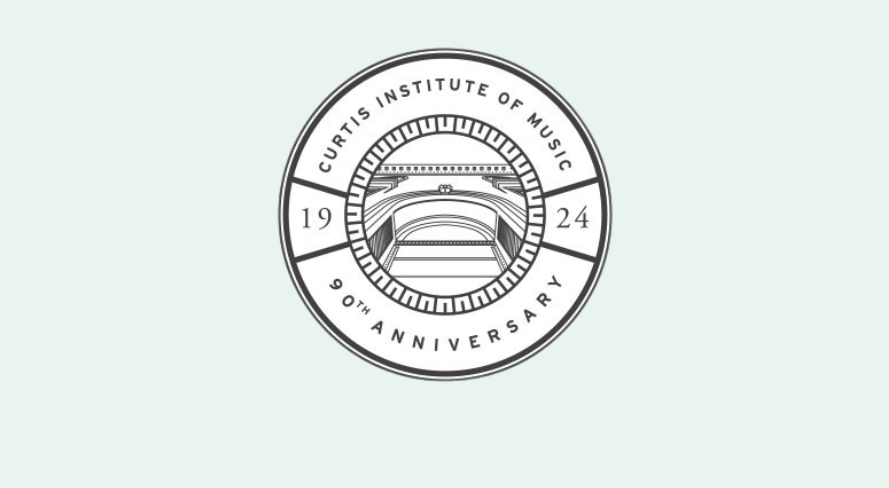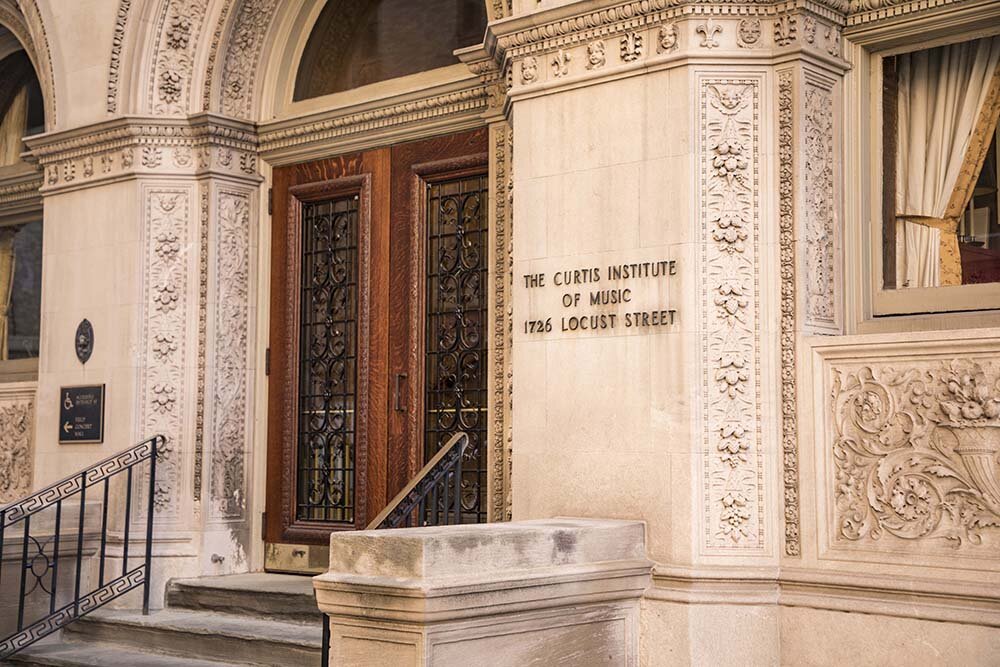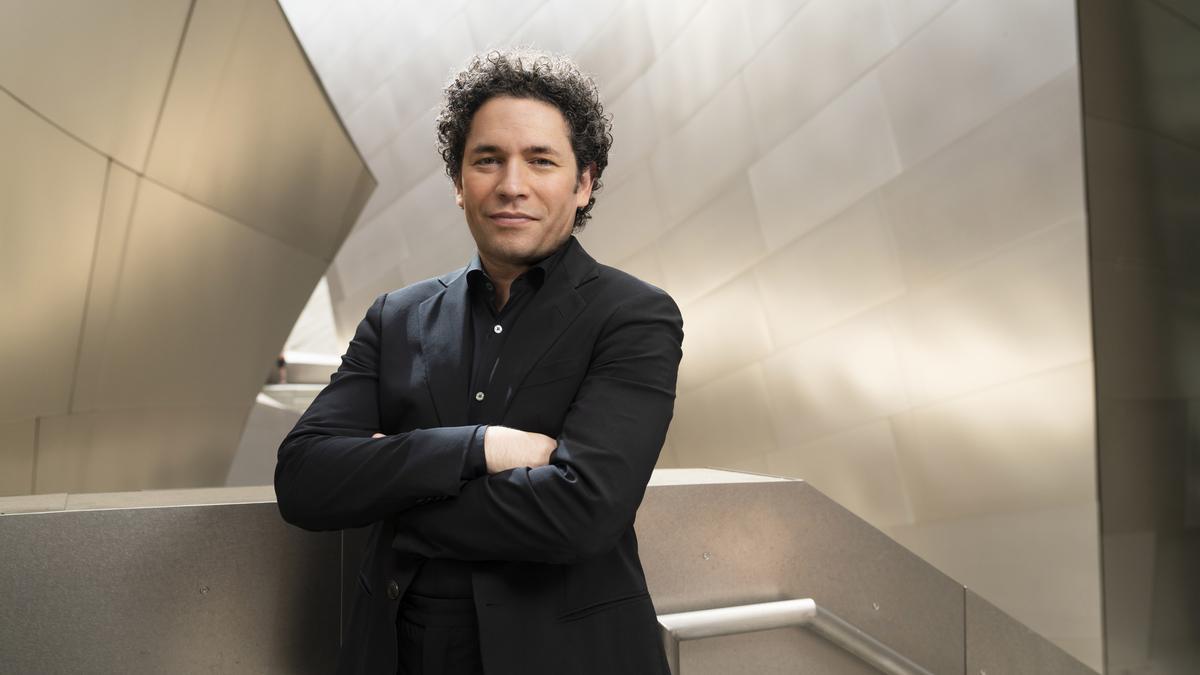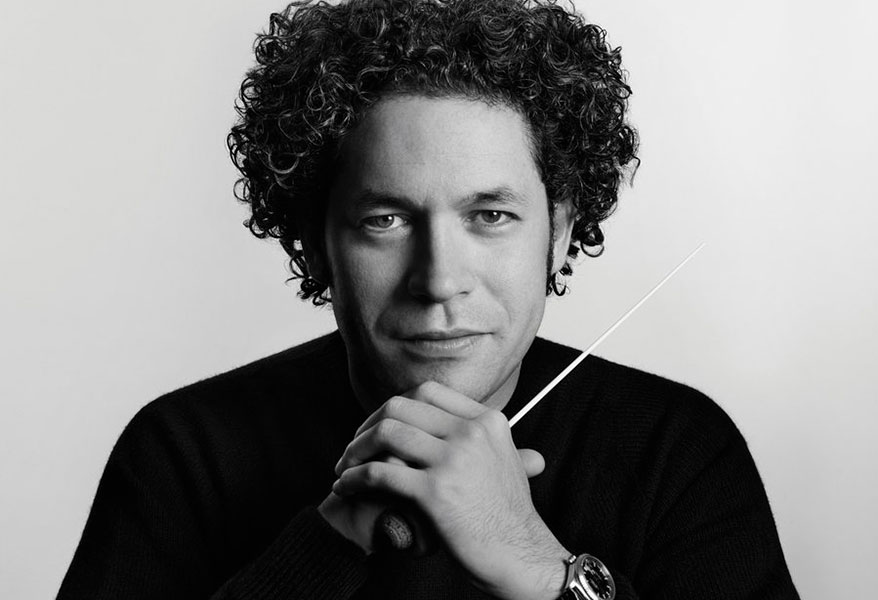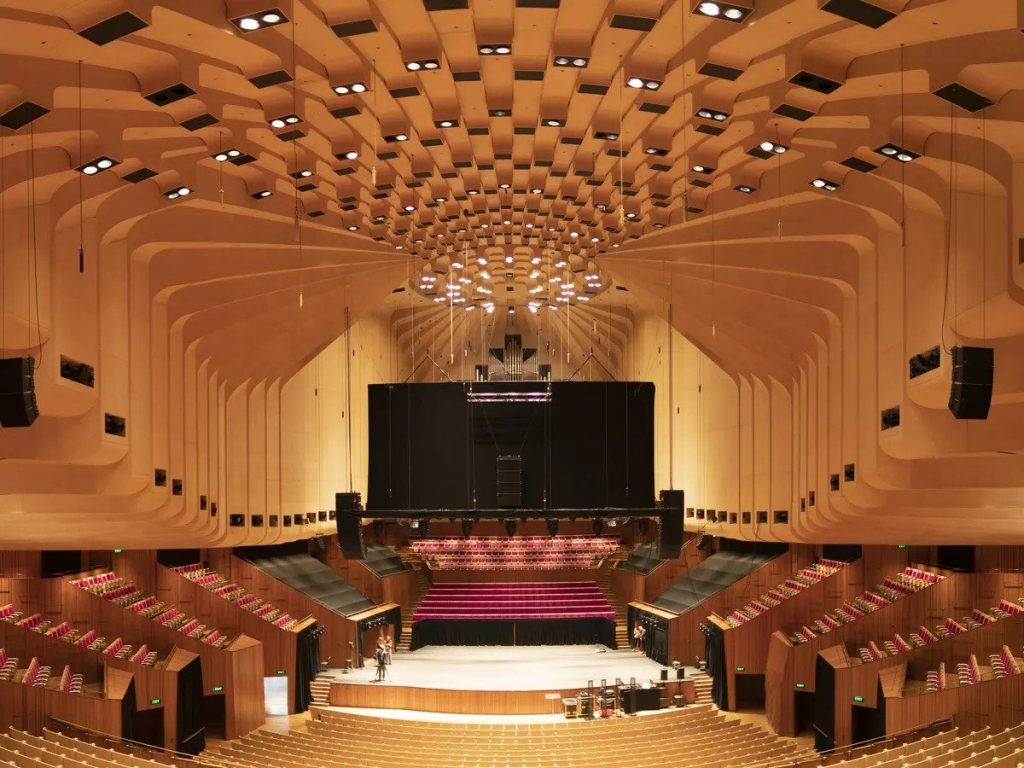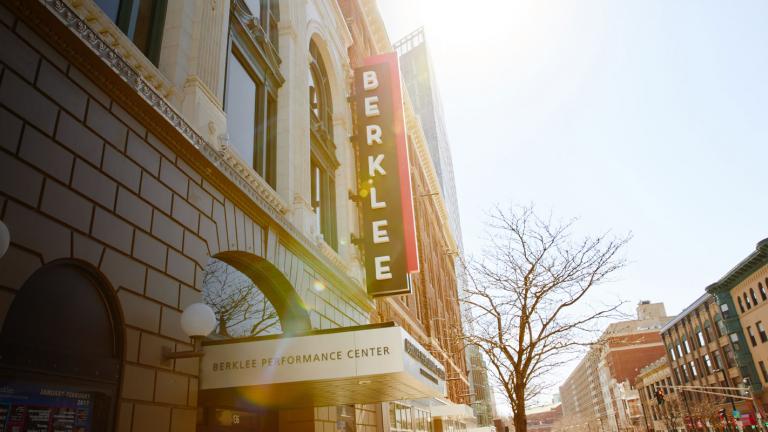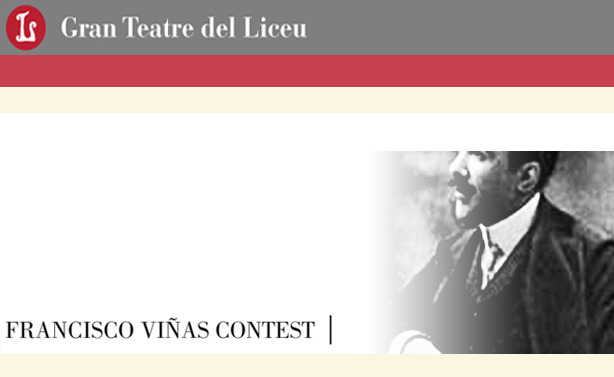From Afar
“From Afar” – Vikingur Ólafsson’s Ethereal Piano Journey
November 2022
“From Afar,” Vikingur Ólafsson’s latest piano album, is a remarkable musical journey that was born from an unexpected encounter with the esteemed composer György Kurtág during a concert visit in Budapest. The surprise meeting between the two musicians led to a transformative experience for Ólafsson, who was both humbled and elated to discover that Kurtág was already familiar with his work. The initial plan of a short meeting extended into a two-hour session where Ólafsson played various pieces for Kurtág, receiving invaluable suggestions and inspiring stories that would leave a lasting impact.
Gratitude and artistic inspiration intertwined as Ólafsson set out to express his appreciation to Kurtág. Instead of a conventional thank-you note, he crafted a program for this album, incorporating several of Kurtág’s own compositions. These pieces act as a “compass” that guides the listener through the diverse musical landscape showcased in the album.
Throughout “From Afar,” Ólafsson’s piano mastery shines, capturing the listener’s attention with a tone that is both ethereal and captivating. His delicate touch shapes every chord and inner voice with utmost care, revealing a translucent beauty that seems to emanate from the heart of the music itself. The artist’s impeccable articulation ensures clarity even in the most delicate and tender passages, inviting the audience to be enveloped in a world of sublime tranquility.
A noteworthy aspect of the album is the dual performance of the recital. Ólafsson ingeniously presents the program twice, once on a magnificent Steinway concert grand piano, and then again on an upright piano. The latter, covered with a layer of felt on the strings, imparts a permanent soft pedal effect. This intriguing approach adds a unique and evocative dimension to the music, further enhancing its emotional resonance.
While Ólafsson’s playing is undeniably enchanting, some listeners may find that the pursuit of perfection, though admirable, at times results in a certain homogeneity in his interpretations. As the album weaves through works by various composers, the sameness in attack, color, and tone might blur the distinctive voices of each composer. While the link between the pieces through Kurtág’s compositions is commendable, a more diversified palette of expression could have further enriched the listening experience.
For instance, the juxtaposition of Bach’s “Adagio” from the Keyboard G Major Sonata with Kurtág’s “Harmonika” from “Játékok (Games)” and Bartók’s “Three Hungarian Folksongs from the Csik District” showcases Ólafsson’s exquisite touch but may leave one longing for more contrasting emotional depths and colors.
Nevertheless, when encountering Brahms’ “Intermezzo in E Major” (from 7 Fantasien), Ólafsson’s ethereal interpretation finds a harmonious resonance with the preceding tracks. The unity achieved in the album is indeed commendable, but a touch more expressive variety could have brought even more richness to the collection.
In closing, Vikingur Ólafsson’s “From Afar” is an album that skillfully captures the essence of the music it presents. His artistry and sensitivity shine through every note, creating a serene and mesmerizing atmosphere. The concept of connecting the works through Kurtág’s compositions is both an innovative and thoughtful touch. While some may desire a more diverse emotional range, “From Afar” remains a captivating musical journey that showcases Ólafsson’s exceptional talent as a pianist and his profound ability to communicate through the keys.


